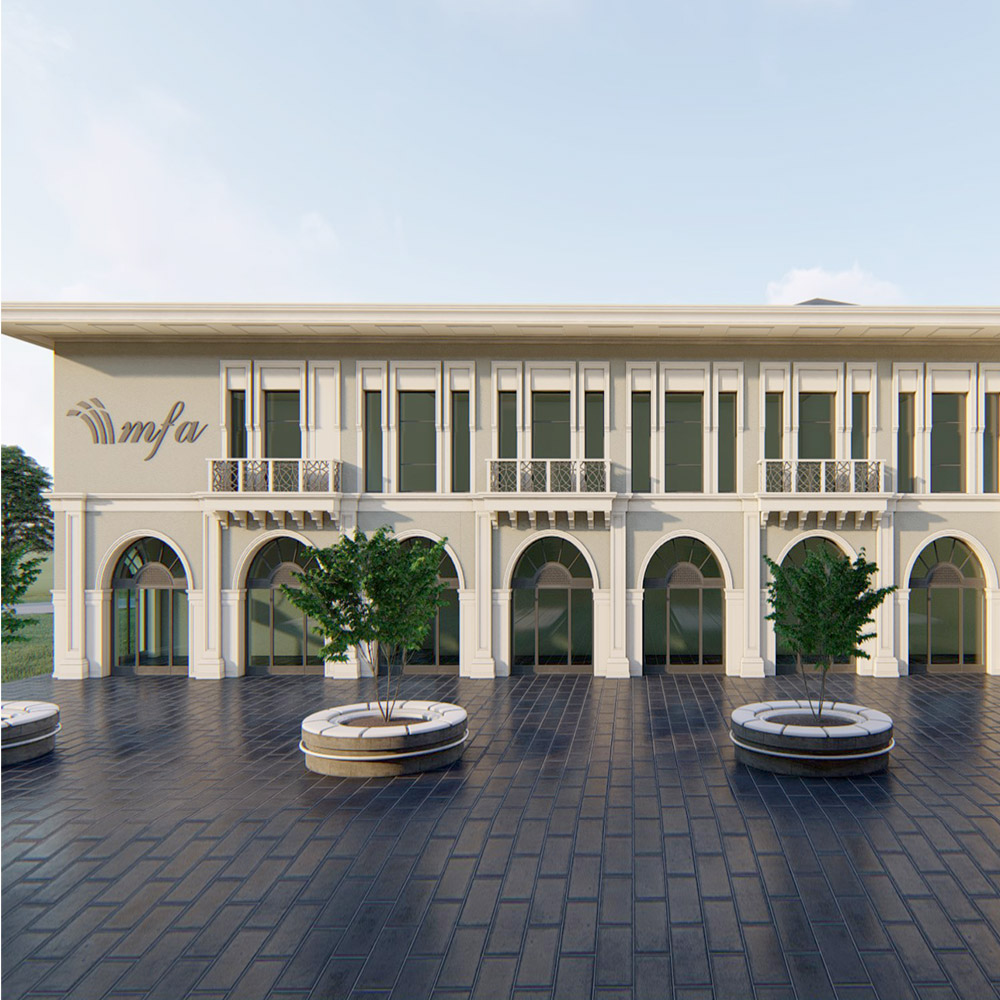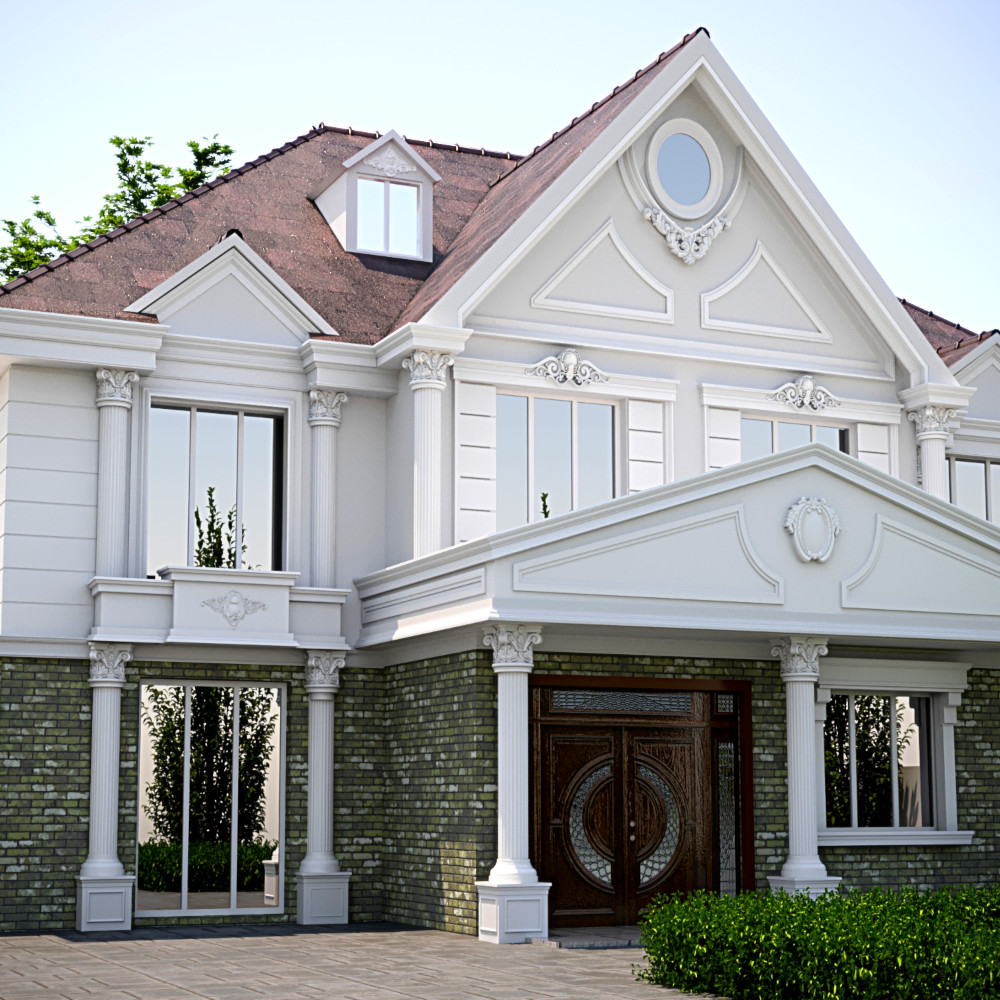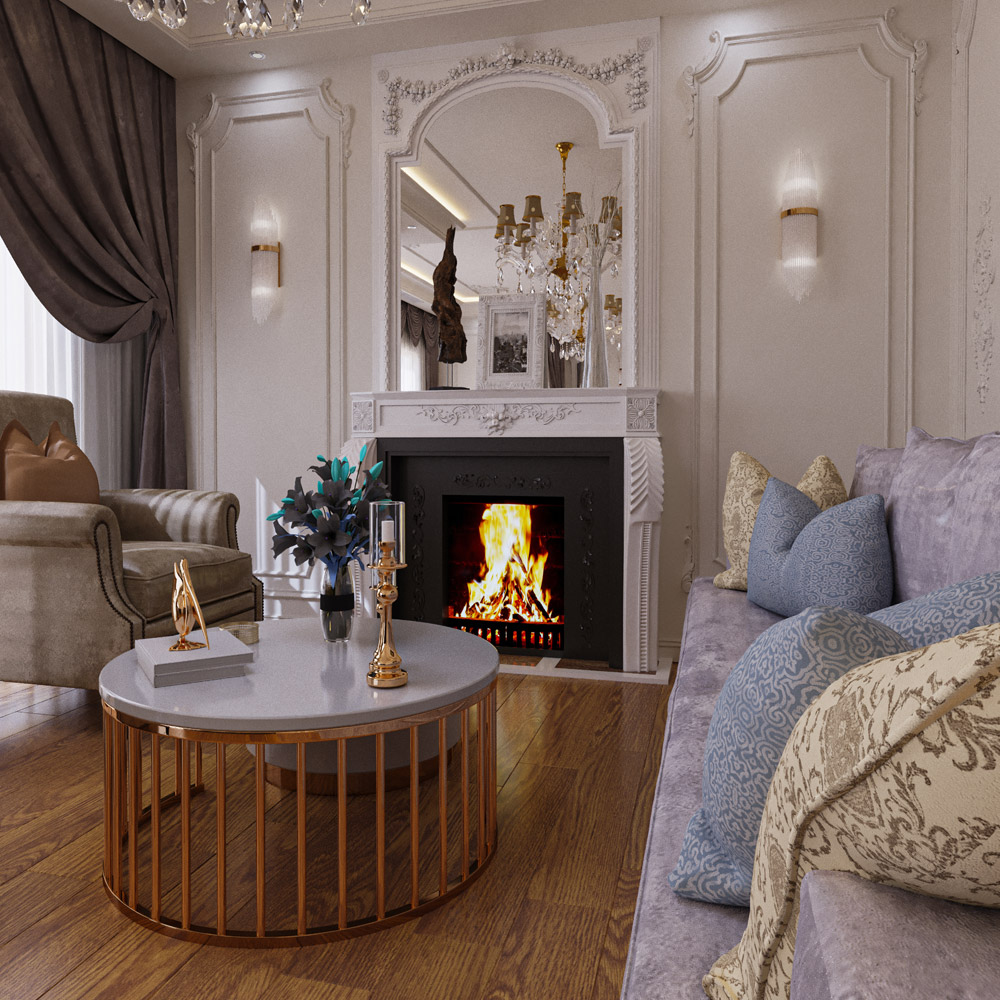Architecture
Architecture
Architecture
Architecture is a multifaceted discipline that aims to ensure the aesthetically and functionally correct design, construction and sustainability of a building. Architecture aims not only to design buildings, but also to create structures that are in harmony with the environment, functional and improve people's quality of life. In this context, the discipline of architecture has many sub-branches. In this article, we will cover some of the major topics of architecture: building design and planning, urban design, landscape design, structural analysis and calculations, project management and sustainable building design.


Building Design and Planning

Urban Design

Landscape Design

Structural Analysis and Calculations

Project Management










